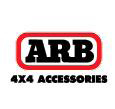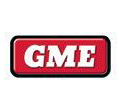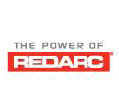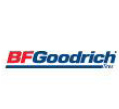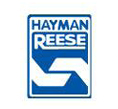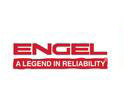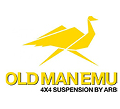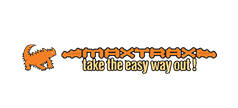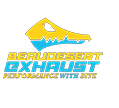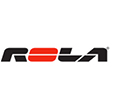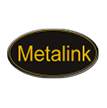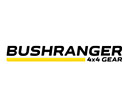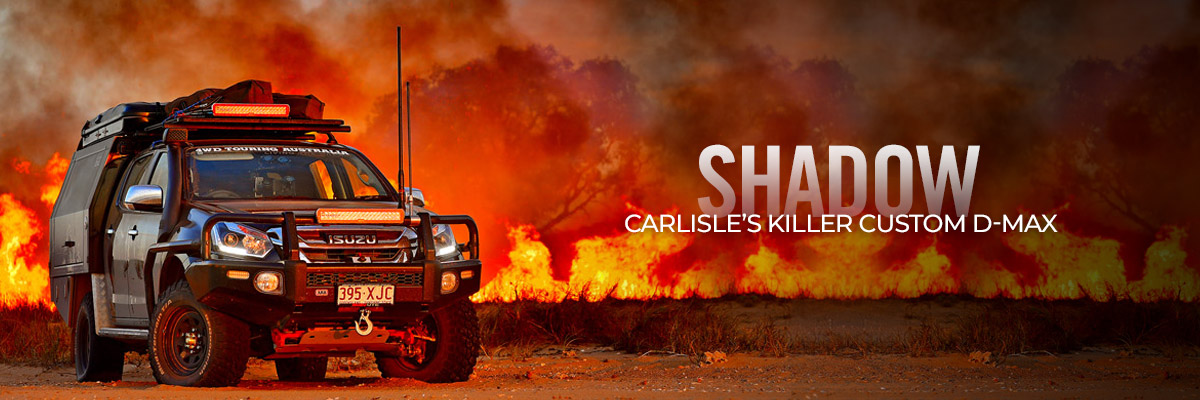
I wanted to build a tourer that could take me across Australia, through the heat of the Top End, into the guts of the country and around the green surf-lined fringe. I wanted something that could carry me comfortably over some of the roughest roads in the world while towing a boat and carrying enough gear to keep me self-sufficient.
I knew I wanted a dual cab, and it seemed like the perfect opportunity, with the new 2017 D-MAX, to build something around a car that has had nothing but amazing feedback from tradies and tourers. In this game, I guess, its biggest competitors are the Hilux and the Ranger, and while both of those are beautiful machines, the Isuzu story right now is an easy one to get behind. The company seems to be growing exponentially, especially in Australia, but it isn’t built on cut-rate pricing or cut-throat practices. The D-MAX is winning hearts and minds because from top to bottom it embraces a dedication to reliability, and it looks pretty sexy too.
Getting Fit

4WD Touring Australia Isuzu d-MAX electricsAs usual, the first stop off the showroom floor was my local ARB to get the works done. This build features what I’m pretty sure is the very first ARB bar for the 2017 D-MAX, which I had to get straight off the production line in Melbourne, along with side steps and brush rails.
We fitted a Bushranger Seal 9.5TH winch to the bullbar, along with a flood ARB Intensity LED bar. Below, ARB recovery points are fitted alongside upgraded bash plates.
In terms of recovery options, if you can’t winch, you can always drive out with a couple sets of MaxTrax, so I had some custom-coloured gunmetal grey ones fitted to the spare tyres on the rear of the truck, and if they didn’t work, I carry two full ARB recovery kits with snatch straps, winch extension straps, tree protectors, snatch blocks and shackles.
Old Man Emu suspension was fitted all around, with heavy duty springs in the rear with an additional leaf to really bolster them. At the same time, a set of 6 BFGoodrich muddies were fitted at 265/75R16 onto a set of 6 ROH Black Trak steel rims. Knowing how rough some of the tracks were going to be, I really wanted to run steel wheels, as they tend to stand up a bit better to abuse, and you can repair them in the worst case.
Up the back is probably one of the most exciting things on the vehicle: the new Hayman Reese offroad towbar. I’m fairly certain this is the first serious innovation in towbars in my lifetime. Designed to run much higher, mounting between the chassis rails rather than below them, this bar is heavy duty, high clearance and I reckon my favourite aspect of it is the triple rated recovery points with massive steep rings. No more trying to fiddle around with fitting shackles or mucking around with a rusty tongue pin for quick snatches. Recoveries are a dream with this thing, and an adjustable drop tongue means you can still keep your trailer level when you’re towing without sacrificing departure angle when you’re not.
More Storage
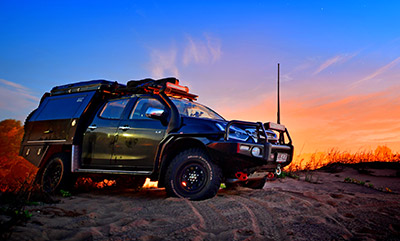
4WD Metalink alloy canopy, Isuzu DmaxIf the D-MAX was the heart of the build, the Metalink alloy canopy was the skeleton. I had been speaking to Kelvin at Metalink for months about little improvements he’d been making to the design, about building something that suited me perfectly, taking into account my own lessons from years of being on the road and his expertise.
We settled on a fairly straightforward design with a few tweaks. I shaved 150mm off the overall length of a standard canopy to make room for the twin spares on the back without sacrificing departure angle.
Inside the canopy there are three heavy-duty alloy drawers, along with a kitchen slide that comes out both sides. For the fridge I went with an Engel upright 95L unit, and I have to say, it’s going to be hard to go back to chest fridges again. This thing fits so much stuff in it, and it’s dead easy to get to everything.
The Metalink incorporates a new fuel filler for the upgraded ARB long range tank (130L capacity), and an inbuilt 70L water tank plumbed through a 12V pump so you can wash dishes and have a proper freshwater shower trackside.
Up top, I wanted a roof rack system that was modular, easy to fit accessories to and lightweight. I’ve been looking at ROLA roof racks for a while, and they seemed to fit the bill perfectly. I put the rack together myself and mounted it in about an hour and a half. I love that there are practically infinite mounting points, with embedded rails everywhere. You just use captive nuts and you can fit anything from driving lights (like the ARB spot Intensity LED bar), jerry can holders, hi-lift jack mounts, shovel holders, you name it.
I love trying out new things, and while I’ve slept in hammocks, swags, tents, even on the ground plenty, I’d never really toured with a roof top tent. There aren’t any better than James Baroud, a French design that is engineered to withstand more abuse than even I can dish out, so I got the new Evolution model fitted. It’s pretty palacial up there, a little much for one person, but you could easily sleep a family of four in here without running out of space. And best of all, the new models have a lot more windows than the old ones, which is pretty important when you’re travelling the tropics and every tiny bit of breeze can mean the difference between sweltering and dreaming.
When Sparks Fly
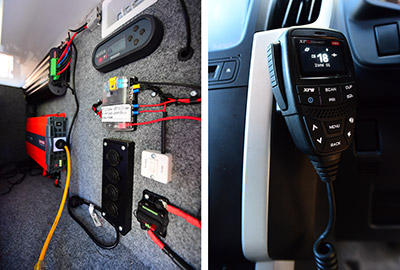
Redarc Manager 30, Pure Sine Inverter, GME radioThe heart of the 12V system was all mounted on the front panel of the Metalink canopy, and consisted of a REDARC Manager30 as the brain, with a REDARC 2000W pure sine inverter and enough outlets and charging ports to keep a small army going. A REDARC folding monocrystalline blanket helped to top things up around camp as well.
Inside the cab, one REDARC gauge provided instant insight into voltage for both of the batteries under the bonnet, as well as amperage going in and out of the rear system, with EGT/ Boost and temp handled by a second gauge.
The REDARC TowPro Elite trailer brake controller was fitted in one of the blanks on the centre console, with light switches for all of the exterior vehicle lighting, along with a bridge for the spare battery under the bonnet for emergency starts and extreme winching situations. Two more switches covered the ARB dual air compressor mounted under the canopy in one of the toolboxes and the ARB rear air locker, which I think is an absolute must for any touring vehicle.
We always use GME for communications, and this year was no different. However, the radios were definitely different, with GME’s new XRS series. Finally an idiot like me can go through the menu without being an engineer thanks to GME’s handy Bluetooth app, which lets you control every aspect of these space-age radios from your smartphone. I’m running the GME XRS 370 unit, which hides away the main box and has everything in the palm of your hand, including the speaker, which is another amazingly simple yet innovative idea that’s packed into these things.
I also run with a few handheld units
I’m running two antennas on the bullbar, one high gain AE4705G for the UHF and one GME AT6DBG for 3G. The 3G antenna is wired into an awesome new product for the Australian market: Powertec’s Cel-Fi Go. Until now, the legality of these units was questionable here in Oz, but thanks to a new partnership with Telstra, you can now run a 70dB gain booster in your car, along with a 7.5dB gain antenna for phone service. In real world terms, that gives me 3-4 bars of reception with the booster turned on, and zero reception with it turned off when I’m in the bush.
I always carry a satellite phone, but having that extended 3G service definitely provides a bit more peace of mind.
Under the Bonnet
The D-MAX is running pretty much stock standard under the bonnet – you just don’t need to do much to these things. I did upgrade the exhaust with a three inch system from Beaudesert Exhaust, which definitely helped the three-litre breath and sing a bit.
With 430Nm of torque and 130kW of power from the factory, it was hardly worth messing around with anything else on the engine. Even with all the bar work and canopy, the D-MAX still was pretty spunky on and off the road.
Shadow is, to me, the perfect modern touring rig: lightweight but heavy duty, economical but powerful, responsive and laden with enough creature comforts for the long drives, but built to tackle the roughest roads, tracks and corrugated ruts that Australia can throw at it. I just put a quick 10,000km of some of the Top End’s most brutal terrain and it was a pleasure to travel in, the perfect home away from home, mobile office and offroad beast.
– Carlisle Rogers
Check out our Series 6 trailer – Shadow’s TV debut
Partners who made Shadow’s upgrade possible:
ARB www.arb.com.au
GME www.gme.net.au/gme-au
Redarc www.redarc.com.au
Metalink www.metalink.net.au
BFGoodrich www.bfgoodrich.com.au
Hayman Reese www.haymanreese.com.au
Engel www.engelaustralia.com.au
Century Yuasa www.cyb.com.au/home
Bushranger www.bushranger.com.au
Beaudesert Exhausts www.beauexhausts.com.au
ROH Wheels www.roh.com.au
Rola Roof Racks www.rola.com.au
Maxtrax www.maxtrax.com.au
James Baroud www.jamesbaroud.com.au
ADM Motors www.admmotors.com.au
Old Man Emu www.oldmanemu.com.au
Powertec www.powertec.com.au

